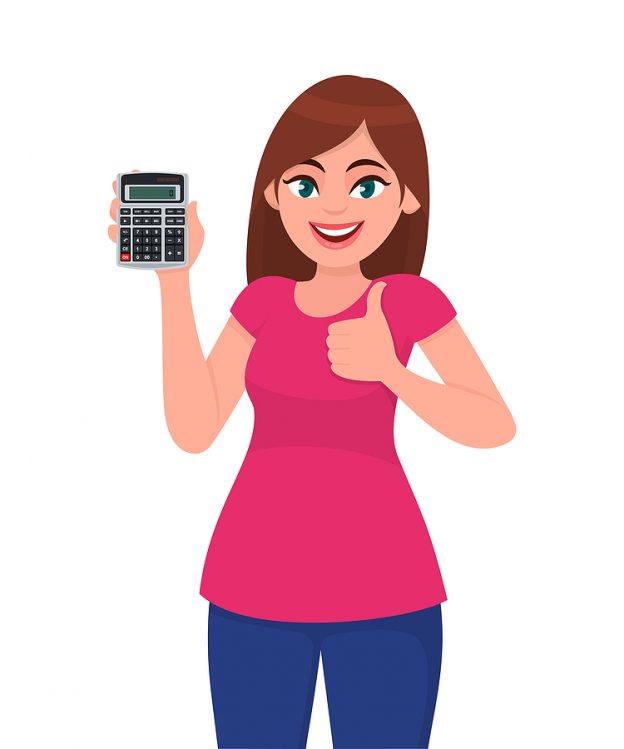
A recent survey by cloud accountancy software developers, Intuit QuickBooks, demonstrates that there is still a lot of confusion among SMEs.
There is a new requirement for SMEs to keep digital records from the start of their accounting period. This must be done using “functional, compatible” software. The survey focused on this key aspect of the Making Tax Digital (MTD) roll-out.
What did the survey find?
Intuit QuickBooks asked 500 SME decision makers about their preparations for being Making Tax Digital compliant. The somewhat worrying key conclusions are:
- 11% didn’t know about this new record keeping requirement
- 25% of businesses thought they were not compliant, actually were
- 46% of companies who thought they were MTD compliant, were not
So, confusion all round. Whether their business systems are ready or not, 71% of those business leaders don’t have a clear, accurate picture of their MTD position. Where are you with it?
But there was also a positive outcome:
- Only 13% said the process to longer than expected
- 44% said it took as long as they thought it would
- 42% said the process took less time than they anticipated
That’s a hopeful result for those yet to organise their processes and become fully Making Tax Digital compliant. At least the actual process itself won’t take you too long.
HMRC’s light touch approach
In their press release on 1st March 2019, HMRC said:
“HMRC recognises that businesses will require time to become familiar with the new requirements of MTD. HMRC has been clear that during the first year of mandation, it will take a light touch approach to digital record keeping and filing penalties where businesses are doing their best to comply with the law. But this does not mean a blanket no penalties promise.”
In plain English, this is HMRC’s way of saying that they’ll go easy on issuing penalties to companies that are obviously trying to comply with the regulations.
And that’s the key factor here: Can you demonstrate that you are trying to get it right?
For those 11% of businesses in the survey that aren’t even aware that keeping digital VAT records is a thing, the answer is a resounding no.
Who has to keep these digital VAT records?
If your business’s annual taxable turnover is above the £85,000 VAT threshold, then you’re liable for VAT. You are also obliged to keep digital VAT records from your first accounting period onwards and submit your VAT return to HMRC online.
What digital VAT records do I have to keep?
You aren’t being asked for entirely new documents, just to keep them in a specific way. These aren’t that different to the VAT records requirements before the launch of Making Tax Digital. And most of them are just your usual good business practice. There’s nothing to be alarmed about here. The main change is ensuring that you’re using MTD compatible software for your VAT records and filing your VAT returns.
In order to comply, you need to keep the following VAT records:
- Basics: business name, registered office address and VAT registration number
- Details of the VAT accounting schemes you use (if any)
- VAT rate your charge on your goods and services
- VAT you charge on your goods and services (‘Supplies made)
- VAT you pay on everything you rent, hire, lease or buy for your business (‘Supplies received’)
- Time of supply and value of supply (excluding VAT) on everything you buy and sell
- Any changes you make to any of your VAT returns
- Reverse chare transactions
- Flat rate scheme: all the things you are entitled to claim VAT back for in this scheme
- Retail scheme users: daily gross takins totals
- Gold Accounting Scheme: if you trade in gold, your total sales and the corresponding chargeable VAT
- There may also be several transactions made by different groups of people within or for your business. The relevant documentation of these must also be digitised. For example, employees using petty cash, or charity fundraising volunteers.
You don’t need to scan in paper invoices or receipts as part of the digital records expectation.
The government’s Making Tax Digital programme doesn’t stop with VAT. By 2023, they intend to log on every self employed person earning a minimum of £10,000 a year. So, if you’re currently an SME under the threshold, it’s worth paying attention to the Making Tax Digital situation now. You can ensure you have a smooth transition by planning ahead and also budget for any extras you may need, like compatible software.
If you’re already over the threshold to pay VAT, then you need to double check that you really are compatible with all the MTD requirements. Remember that the main takeaway from this research is that the vast majority of business leaders hadn’t assessed their own situation correctly.







